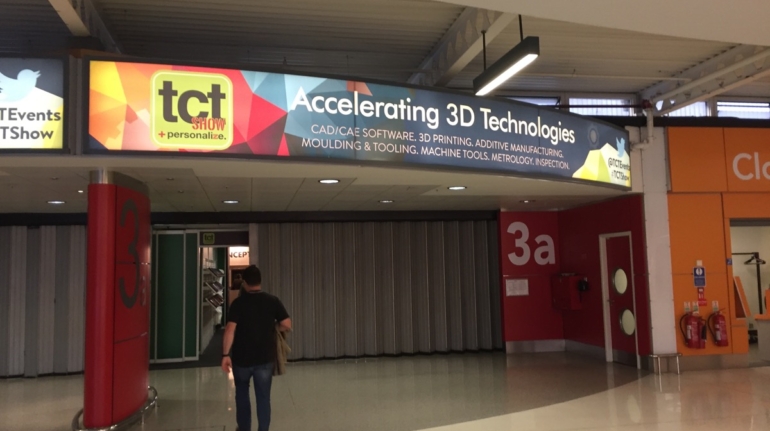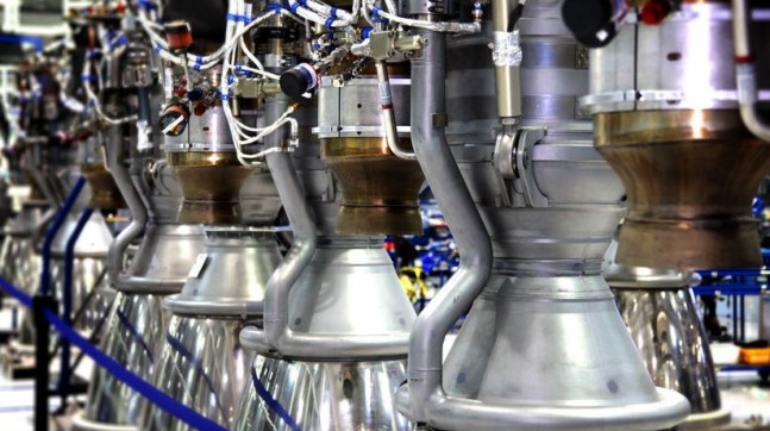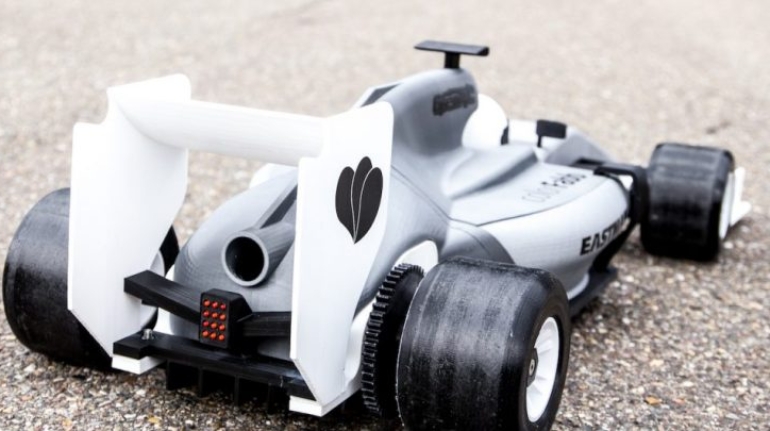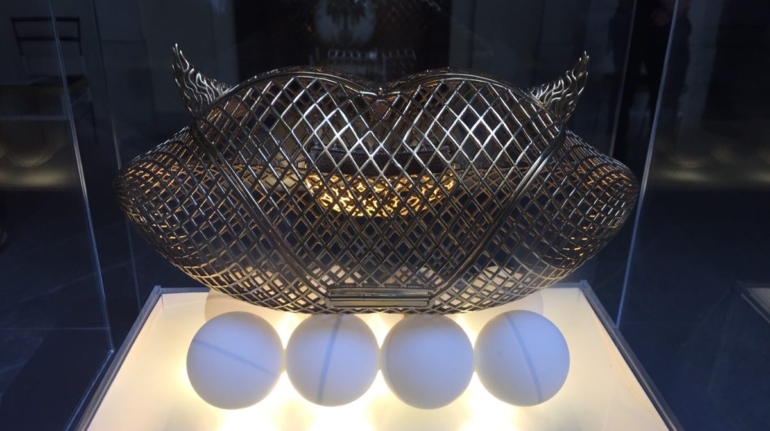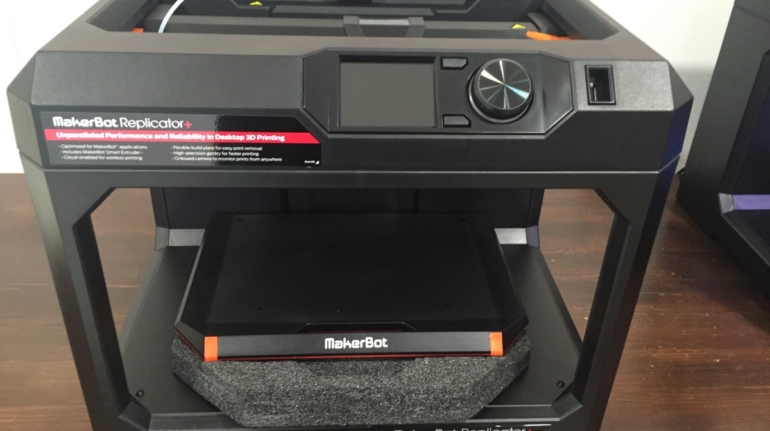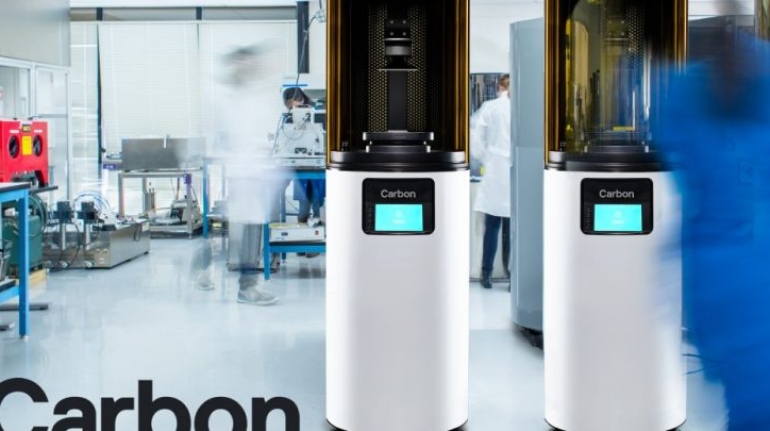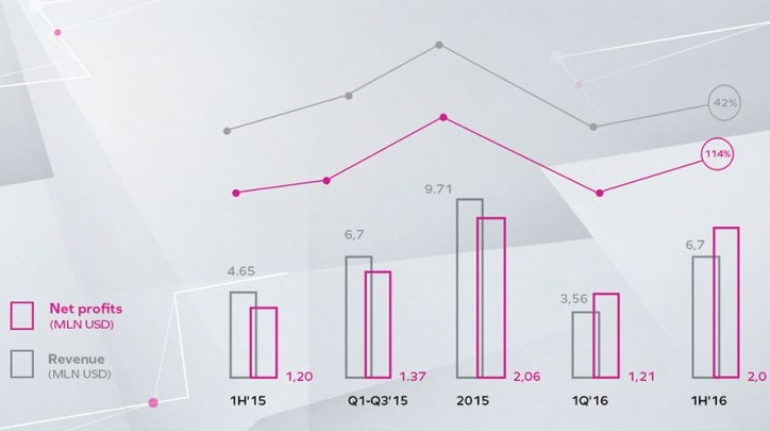Zortrax reached a record-breaking $6,7M turnover in the first half of 2016, exceeding last year’s first-half result by more than $1.9M Zortrax – one of the leading European providers of 3D printing solutions – recently published its financial results for the first half of 2016. The company’s income level increased by 42% (compared annually), which resulted in more than $6,7 million of turnover. This exceeds last year’s first-half results by more than $1.9 million. The net profits have also increased by 114 percent annually to approximately $2 million. Sales of Zortrax’s key product, the M200 printer, have increased by 40 percent since the second half of 2015. “It was an intensive and demanding six months for us,” said Rafal Tomasiak, CEO of Zortrax. “We were working on the debut of the new M300 model and at the same time closing another financial round.” During that time Dariusz Miłek joined Zortrax as a new shareholder. The successful financial round enabled the company to transfer its research and development department from China to Poland and secure funding for future projects and acquisitions. The company has achieved the same income levels during the first six months of this year as it did during the first nine months of 2015. Zortrax also managed to increase its sales of printing materials, especially in the U.S. market where it noticed a 116-percent increase in sales compared to the same period in 2015. The American market is a top priority for Zortrax, as it plans to further develop the company’s market share in that country.

